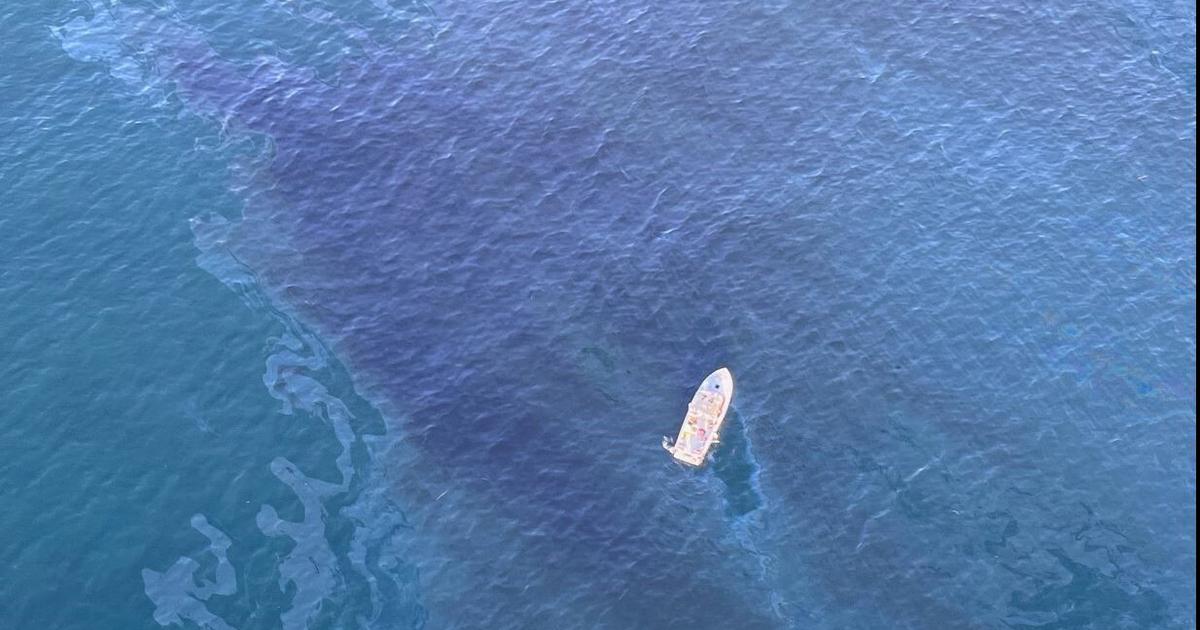Some took her for the load of a defunct sausage freighter: on a beach in California thousands of hedgehog worms were washed up. The animals are between ten and 30 centimeters long, pink and usually live in shallow water where they dig themselves. Because their shape is reminiscent of the male genital, they are also called penis fish. Her scientific name is Urechis caupo.
The worms had been flushed after a storm on the Drakes Beach north of San Francisco, reports the local website "Bay Nature". It is not the first time that the animals appear on beaches along the coast. During strong storms - especially in the years of El Niño - high waves piled up, which wash the worms out of their underground buildings. Many of the stranded animals die and are eaten by seagulls.
Check out this post on Instagram
SHOOK Thousands of these marine worms-called fat innkeeper worms, or "penis fish" - found on Drake's Beach last week! These phallic organisms are quite common along the west coast of North America, but they spend their whole lives in U-shaped burrows under the sand, so few beachgoers are aware of their existence. Recent A recent storm in Northern California has passed several feet of sand from the intertidal zone, leaving all of it exposed on the surface. Next time you go to the beach, just think about the hundreds of 10-inch, pink sausages wiggling around just a few feet under the sand. . , Get the full story in our new # AsktheNaturalist with @california_natural_history via link in bio! ( : Beach photo courtesy David Ford; Worm photo by Kate Montana via iNaturalist)
A post shared by Bay Nature Magazine (@baynaturemagazine) on Dec 11, 2019 at 11:58 PST
The genus Urechidae consists of only four species that occur in the Pacific Ocean. Only Urechis caupo lives in North America. Its range extends from the west coast of Oregon to the Mexican state of Baja California.
Delicacy in South Korea
The body of the worms is perfectly adapted to the underground life. Like lugworms, they dig a U-shaped construction. At high tide, they close the entrance with a slimy network reminiscent of jellyfish. The worm body contracts again and again, pumping water through the building, from which the animals filter microorganisms as food.
Frequently live in the construction of penis fish even more small animals, which feed on its food leftovers. Biologists also speak of commensalism in this way of living together. This means that only one species is useful to the other, while the other does not benefit from the roommate but does not suffer any harm.
Check out this post on Instagram
What's the worst thing you've eaten? #Seafood #SpoonWorm #gaebul #Seoul #Korea #Noryangjin #market #yum #gross #weird #food #Yeouido #fishmarket # 63building #skyfarm #delicacy
A post shared by Thor (@thorzuroff) on Nov 30, 2019 at 4:17 PST
Fossils show that the genus Urechidae has populated the earth for at least 300 million years. Each ringworm can live up to 25 years. In some countries, such as South Korea, they are considered a delicacy.














